Rock Springs Uplift and Adjacent Areas (cont.)
2.3 Leucite Hills Lamproites Thin Sections (cont.)
2.3.2 Orendite and olivine orendite
As in the wyomingites (preceding page), the most conspicuous minerals in orendites are phlogopite phenocrysts. However, the groundmass is dominated by sanidine with diopside inclusions, and leucite is much less common. The main difference between orendites and olivines orendites is that in the former, olivine crystals are rimmed by phlogopite, while in the latter, olivine is not. An orendite hand sample is shown on the preceding page.
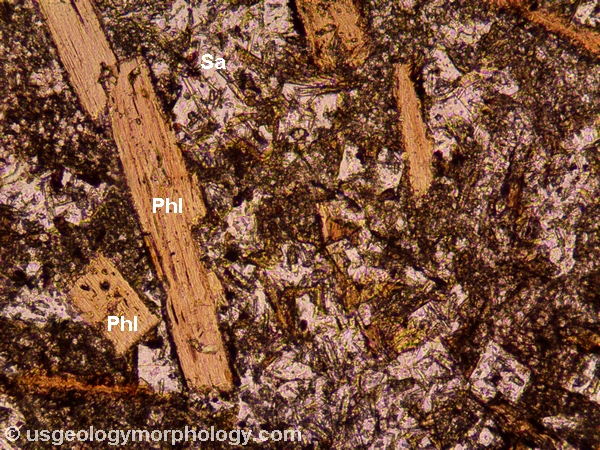
Figure 2-16. Thin section of an orendite (PPL).
General view of an orendite. Phlogopite is generally present in a columnar form, but can also be tabular (at left). It's highly pleochroic (compare the crystals in the middle of the photo with those in the left-lower and right-upper corners, or those of fig. 2-7, preceding page). The groundmass is dominated by sanidine (light gray) which contains numerous diopside laths (colorless or light green). Phl: phlogopite. Sa: sanidine. Field of view: 1.14 mm.

Figure 2-17. Thin section of an orendite (XPL).
Microphotograph of the same area (rotated 45 degrees) in crossed polars (field of view: 1.14 mm). Sanidine is light-gray or dark-gray, depending on its orientation. Phl: phlogopite. Sa: sanidine.
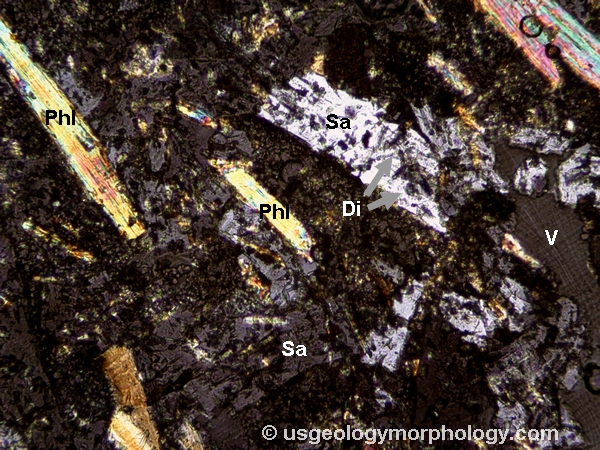
Figure 2-18. Close-up of orendite in thin section (XPL).
Width of field: 1.14 mm. Phl: phlogopite. Sa: sanidine. Di: diopside. V: vesicle.
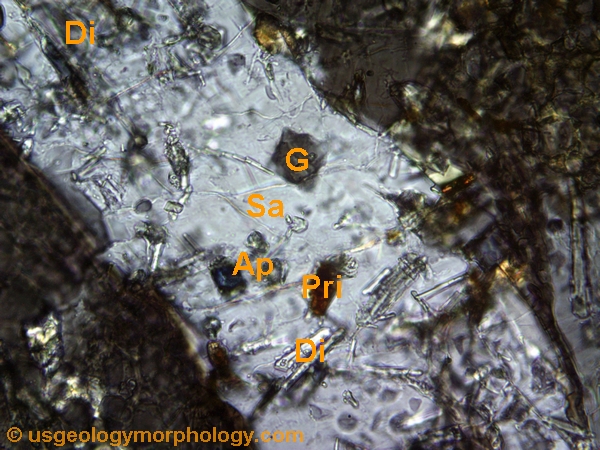
Figure 2-19. Close-up of a sanidine groundmass plate (XPL thin section).
Field of view: 0.285 mm. A sanidine (gray) plate in the groundmass of an orendite contains many diopside laths (colorless or light green), and accessory minerals along with glass shards. Sa: sanidine. Di: diopside. Ap: apatite. Pri: priderite. G: glass.
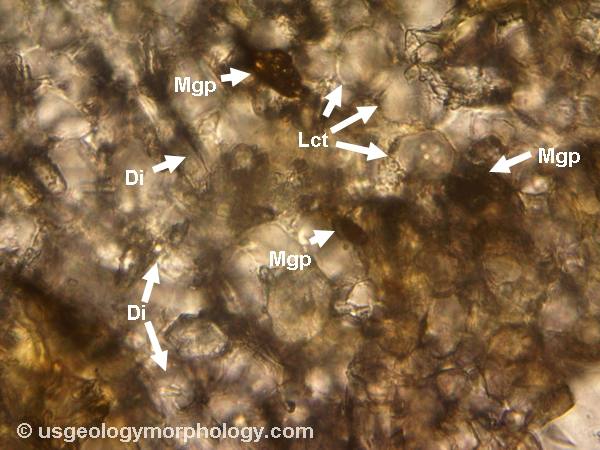
Figure 2-20. Leucite and magnophorite in the groundmass of an orendite (PPL thin section).
Field of view: 0.19 mm. Parts of the groundmass without sanidine consist, as in the wyomingites, of leucite and magnophorite. Leucite crystals are light-gray, round or polygonal. Magnophorite is yellow to brown. At high magnification (600x here), a minute difference of focal length makes a big difference, since all crystals are not exactly at the same distance from the objective. By varying the focal length, some crystals become slightly out of focus, while some others are better seen. So here, by varying the focus, some magnophorite crystals clearly show their brown color and euhedral habit. Numerous very small, colorless diopside laths are also visible. Lct: leucite. Mgp: magnophorite. Di: diopside.
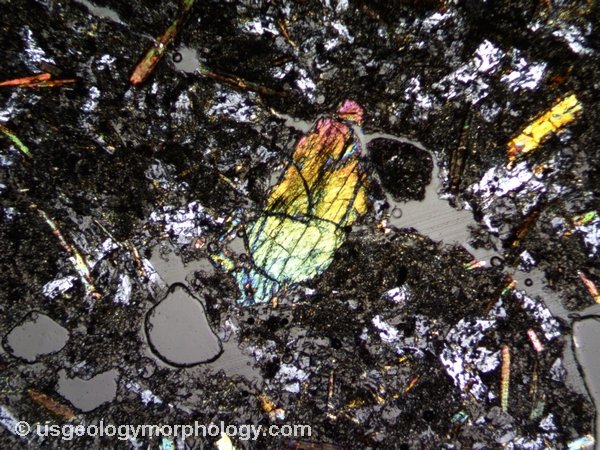
Figure 2-21. Olivine phenocryst in an olivine orendite (XPL thin section).
Field of view: 2.85 mm. Empty gray areas are cavities or holes made by grinding.
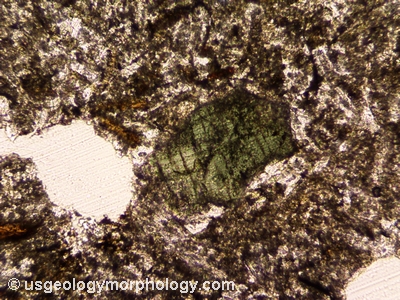
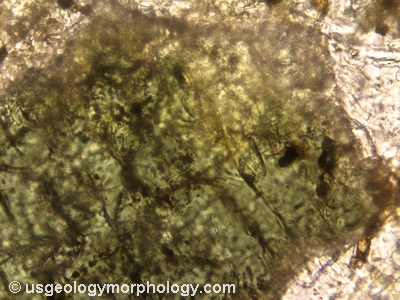
Figure 2-22. Olivine phenocryst, partially resorbed, in an olivine orendite.
PPL thin sections. Field of view: left, 1.14 mm; right: 0.285 mm.
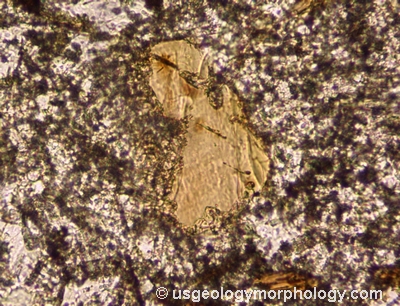
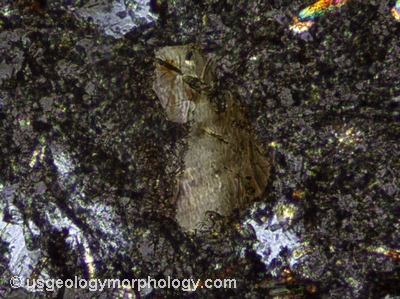
Figure 2-23. Thin sections of richterite in orendite.
PPL at left, XPL at right. Richterite is a pretty common accessory mineral in orendites. This sample is partially resorbed and shows embayments. Note the undulose extinction in XPL. Length of crystal: 0.3 mm.
